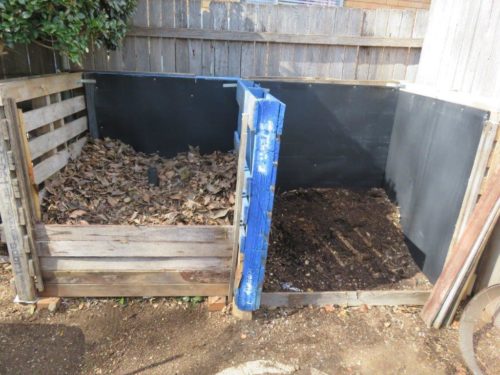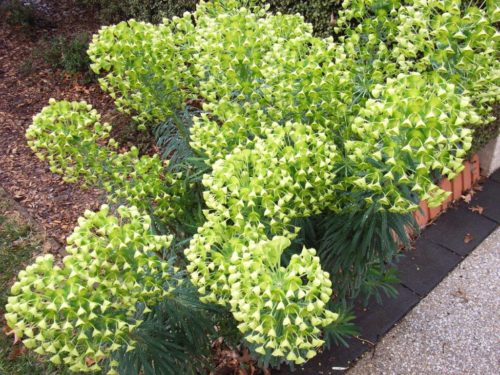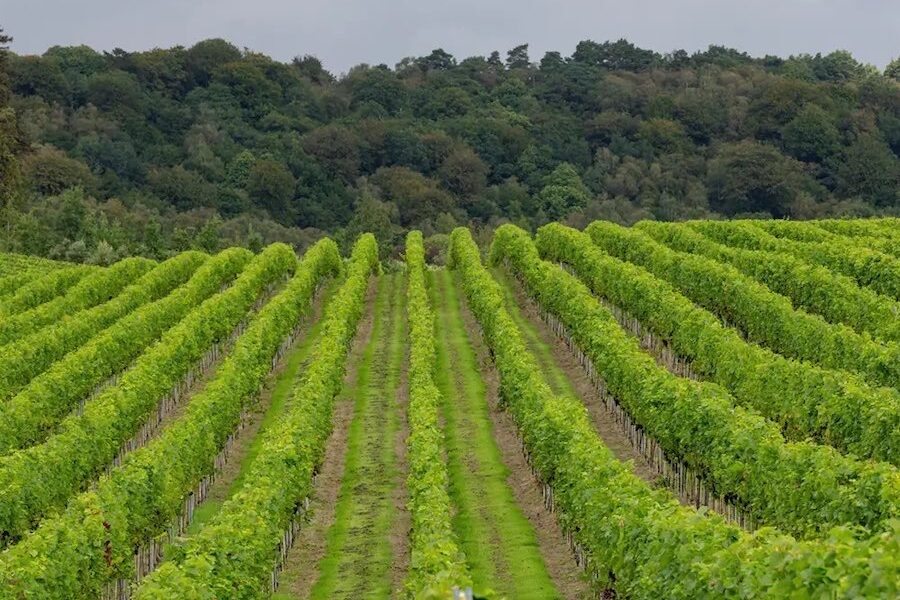
Fallen leaves are often considered annoying and messy; however for most gardeners, they’re an absolute windfall, says gardening writer CEDRIC BRYANT.
WITH good moisture in the soil, deciduous trees and shrubs will hold on to their leaves longer, and so we may not have the usual magnificent display of autumn leaves this year.

Thinking ahead to when they do fall, what can be done with them? Burning leaves is not allowed, for obvious reasons. Likewise, City Services requests that people don’t rake the leaves into street gutters as they can end up clogging storm-water drains. Street sweepers will be flat out clearing these as it is, thanks to Canberra’s many deciduous street trees, particularly in older suburbs. I also see large plastic bags full of leaves placed on the nature strips, as if they are going to magically disappear.
Fallen leaves are often considered annoying and messy; however for most gardeners, they’re an absolute windfall.
The compost heap is the first port of call. Many deciduous trees have large leaves that take a while to break down. I shred them with the mower, then spread the shredded leaves directly onto the garden as a perfect mulch, adding valuable nutrients to plants. The more mulch the better, as it’s often predicted that a wet summer will be followed by a hot one.
Our compost heap is made from recycled pallets with two bins, and when one is full, I start filling the next. Many gardens don’t have space for a set-up like this, but a simple compost heap can be created with a couple of metres of chicken wire. Form into a circle about a metre across and hold in place with a couple of tomato stakes. For any compost, add a good handful of garden lime to each barrowload of leaves. As per the Boy Scouts’ motto, “be prepared” before the leaves drop.
WHEN it comes to bulbs, the first to flower will be daffodils and jonquils, so plant towards the middle or end of March. Then tulips, which particularly like the cold, can be planted. It’s often suggested to place tulip bulbs in the fridge crisper, not the freezer, until the first frosts arrive. This is not absolutely necessary; simply hold off planting tulip bulbs until there have been a few good frosts.
The last are the Dutch iris, which will flower in the middle to the end of October and are always the last to flower during Floriade. These are bulbs, not to be confused with tuberous iris, which can be planted as late as May. The flowering period for all bulbs will depend on the season. I suspect with the fairly continuous rainfall this summer, this pattern will continue well into the autumn.

MANY perennials like euphorbia have now finished flowering and need to be dead-headed. It’s very important to wear gloves, preferably rubber, as the sap of this particular plant can cause severe skin irritation. One person reported that even though he wore gloves, he had an itchy eye and rubbed it, causing severe eye problems. Hyacinth bulbs can also cause skin irritations, so gloves on with these as well,
A QUICK reminder: the Horticultural Society’s spectacular Autumn Flower Show will be held this weekend on Saturday, March 7, from 11.30am to 5pm and Sunday, March 8, from 11am to 3.15pm at the Wesley Church Centre, National Circuit, Forrest.
Who can be trusted?
In a world of spin and confusion, there’s never been a more important time to support independent journalism in Canberra.
If you trust our work online and want to enforce the power of independent voices, I invite you to make a small contribution.
Every dollar of support is invested back into our journalism to help keep citynews.com.au strong and free.
Thank you,
Ian Meikle, editor




Leave a Reply